How the West — and Israel itself — inadvertently funded Hamas
The Islamist group has raised tens of millions of dollars by skimming off humanitarian assistance and taxing economic activity stirred by a trade opening into its Gaza Strip stronghold.
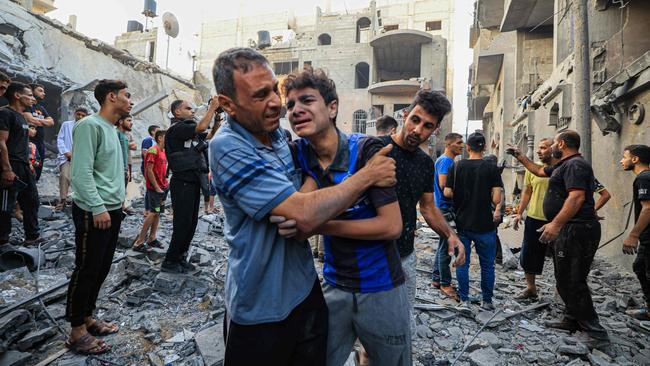
After Hamas launched its murderous assault on Israel this month, the U.S. and its allies condemned Iran for funding what they deem a terrorist organisation.
Left unspoken were the many ways the international community — and even Israel itself — inadvertently helped Hamas fill its coffers. The Islamist group has raised tens of millions of dollars by skimming off humanitarian assistance and taxing economic activity stirred by a trade opening into its Gaza Strip stronghold, according to independent researchers and current and former Western security officials.
The flow of money illustrates the conundrum Israel and the West have faced since 2007, when Hamas wrested control of the strip from its rival, the internationally recognised Palestinian Authority: How to support Palestinian civilians in Gaza without empowering a group promoting violence against Israel. The recent Hamas attacks show how the international community has struggled to walk that line.
International aid “was designed to be humanitarian in nature, but money is fungible, and that also allows Hamas to divert money from providing for its people to support its war machine,” said Alex Zerden, a former senior U.S. Treasury national security official.
On Wednesday, President Biden announced the U.S. would send $100 million in humanitarian assistance to provide clean water, food, medical care and other essential needs to Palestinians in Gaza and the West Bank. In a speech in Israel, the president warned Hamas not to steal or divert the humanitarian aid that countries around the world are funnelling into the region.
If history is any guide, that will be hard to police. The Israeli government in the past two years allowed more Palestinians to work in Israel — enabling Hamas to hike taxes in the strip. Egypt opened a commercial gate into Gaza, helping businesses import and export goods that also faced Hamas levies.
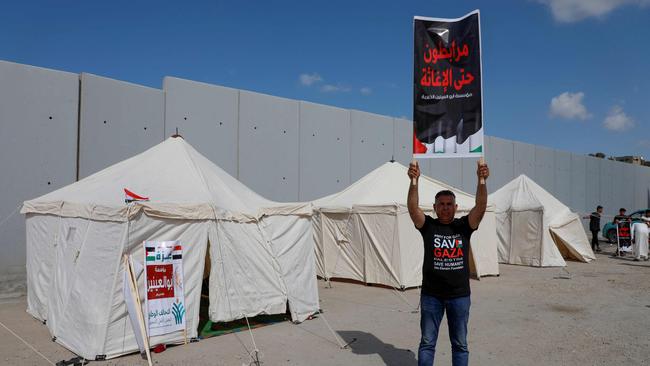
At Washington’s urging, Qatar gave tens of millions a month to Gaza. Most went to needy families. A portion paid the salaries of Hamas members working in government. But Western intelligence shows that other Qatari funding was siphoned off by Hamas for its military operations, said current and former Western security officials.
The international community, too, funded schools and hospitals run by United Nations agencies, helping Hamas avoid actually paying for the costs of governing the territory it controls.

Traces of the international assistance effort could be gleaned from the material left behind by the Oct. 7 attack, when Hamas killed at least 1,400 Israelis and took hostages, according to Israeli authorities.
A militant who died in an assault on Kibbutz Be’eri the kibbutz in southern Israel, where over 100 were killed, carried a paycheck from the Palestinian interior ministry, according to a photo posted by South First Responders, which collects footage from the scene of the massacres. The paycheck indicates a wage of 5,000 shekels a month, or $1,260, a very high salary in Gaza. The enclave’s government salaries have largely been covered by Qatar and the Palestinian Authority.

In one of the pick-up trucks abandoned by the attackers, responders also found a first-aid kit from the United Nations Children’s Fund, an agency of the U.N. responsible for providing humanitarian aid to children. UNICEF didn’t return a request for comment.
A spokesman for Hamas, Hazem Qassem, declined to comment on the group’s funding sources, other than saying its finances used to govern Gaza are separate from its military wing.
A Qatari official said its aid to the Gaza Strip is fully co-ordinated with Israel, the U.N. and the U.S. and subject to rigorous safeguards. “It is aimed at helping to maintain stability and quality of life for the Palestinian families in Gaza,” the official said.
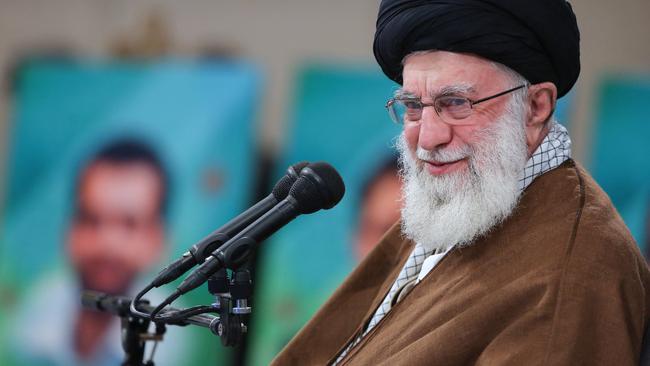
Western officials say that Iran, besides providing arms and intelligence, has been giving Hamas around $100 million annually in recent years specifically for the group’s military operations.
“Iran is complicit in this attack in a broad sense because they have provided the lion’s share of the funding for the military wing of Hamas, ” U.S. national security adviser Jake Sullivan told reporters in the wake of the assault.
Israel’s prime minister’s office and defence ministry didn’t respond to requests for comment. Neither did Egypt’s foreign ministry nor Iran’s mission to the U.N. in New York.

When Hamas took over the Gaza Strip 16 years ago, Israel, the U.S. and the international community had few options to support Gazans without also benefiting Hamas. Many services in Gaza such as schools and hospitals — for years run by a patchwork of U.N. agencies and the Palestinian Authority — continued to work to help the strip’s two million population. Even though Fatah, which dominates the Palestinian Authority, was ousted from Gaza, the administration continued to direct a third of its budget there to pay for doctors, teachers, pensions and other services, hoping Hamas’s rule would be short-lived.
It wasn’t. Hamas began to hire its own civil service employees and police force, and created its own tax system, though it never publicly disclosed a budget or spending plans.
“What changed after 2007 is that by virtue of controlling territory they were able to tax and extort,” said Matthew Levitt, former deputy assistant secretary for intelligence and analysis at the U.S. Treasury and now of the Washington Institute for Near East Policy.
For years, the Israeli government strangled access to the strip to ensure Hamas couldn’t make it a staging ground for attacks.
Hamas and Israel engaged in tit-for-tat violence and a major conflict in 2014. That air-and-ground war left 2,200 Gaza dead and 11,000 homes destroyed, with an estimated $4.4 billion in damage in the coastal enclave, according to the Palestinian Authority.
Countries pledged $3.5 billion to rebuild, but disbursement was slowed by competing aims among the main donors from The Gulf states, some of which tried to pour cash in without benefiting Hamas.
The U.N., Israel and the Palestinian Authority created a system to monitor “dual use” materials entering Gaza, products like cement, steel or fertilisers that the Israeli government believed Hamas could use to build tunnels into Israel or fuel bombs to attack Israelis.
The system, known as the Gaza Reconstruction Mechanism, was considered successful at rebuilding thousands of homes and infrastructure in Gaza. But it also created a black market for materials that were sold in the strip, including to Hamas, according to contractors and people who received materials.
A U.N. spokeswoman didn’t respond to a request for comment.
By 2018, the mechanism was largely made redundant when the Egyptians opened a new commercial border crossing in the Sinai Peninsula, where they were battling an insurgency against Islamic State.
There was “an Egyptian interest in ensuring that Gaza under Hamas not become a hospitable place for its own insurgents,” said Jonathan Lincoln, who worked at the U.N. covering Gaza and the West Bank from 2017 to 2021 and is now a professor at Georgetown University. “So I think there was also an interest in some sort of support to the economy” in Gaza.
Meanwhile, the Palestinian Authority, led by President Mahmoud Abbas, had cut funding to the strip in a high-stakes bid to force Hamas to cede control. That spooked Israel, which was concerned the move would cause further economic pain and spark another conflict.
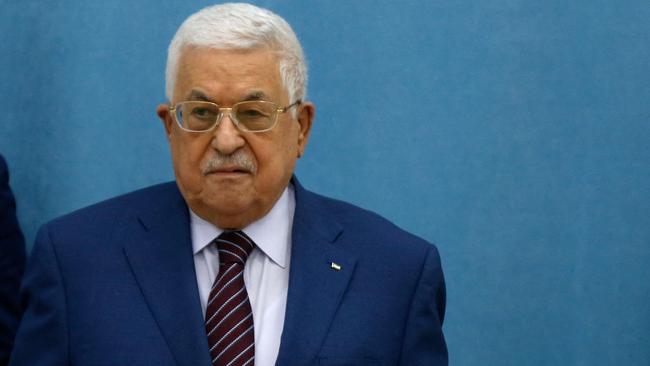
Israel and the international community sought ways to ease economic pressure on Gaza and turned to Qatar, which hosts Hamas’s political leadership with an office in Doha. Doha stepped in to pay salaries for Hamas employees, give cash handouts to needy families and fund the fuel required for Gaza’s power plant.
“The idea was that we help Hamas govern Gaza so that Hamas will provide some sort of quiet and responsible leadership and they will not be engaged in terror attacks,” said Yossi Kuperwasser, a former head of research for Israeli military intelligence. “That was the logic behind it, totally ignoring the fact that Hamas is a terror organisation.”
The Qatari official said aid “is vetted by multiple countries and organisations throughout its transit to “guarantee that all of the aid reaches the intended civilians in Gaza.” A person familiar with the aid delivery process said the Qataris transfer cash to a U.N.-registered bank account and once it is received, the money is transported to Gaza in a U.N.-Israeli convoy in sealed packages.
Eligible families or individuals must sign a document that they have received the money, and copies of that document go to Israel, the U.N. and Qatar to ensure the total amount distributed corresponds with the amount sent, the person said.
As aid flowed into the strip, Hamas also levied taxes on imports of cigarettes and other goods, and charged businesses fees, according to Palestinian media and a Gaza economist.
The rulers made roughly $40 million a month in taxes, according to Mohamed Abu Jayab, the economist in Gaza, who said that money went to governing while Hamas’s military wing had its own funding channels.
In 2020, the family of an American man killed in Israel from a rocket attack in Gaza filed a lawsuit in New York accusing Qatari financial institutions of funnelling tens of millions of charitable donations to Hamas leaders, and contributing to the man’s death.
The institutions denied the allegations, and the case was later dismissed by a New York judge for lack of jurisdiction.
But it came amid greater scrutiny on charity work in Gaza. Israel had put on trial a Palestinian employee of the international Christian charity World Vision on charges of siphoning roughly $50 million in aid destined for projects in the Gaza Strip to the militant group Hamas.
The charity and Mohammed El-Halabi, director of the Gaza branch of World Vision International, denied the charges. He was later convicted and sentenced to 12 years in prison for funding terrorism. A spokeswoman for World Vision didn’t respond to a request for comment.
Current and former Western officials say Hamas also collects a substantial amount of its funding from charities it controls, especially in Europe.
In 2021, after Israel and Hamas again fought an 11-day skirmish that destroyed thousands of homes and businesses in Gaza, Israel doubled down on boosting the strip to avoid another round of violence.
Israel loosened its own restrictions on imports to Gaza and helped facilitate exports. Most significantly, new work permits allowed thousands of Gazans to find jobs in Israel for the first time since Hamas took charge.
A few months later, Hamas imposed new tariffs on imported goods, such as cars and clothes. Ahead of the attacks, Hamas cut the salaries of civil servants, according to Palestinian media.
By 2022, the Department of Treasury estimated that Hamas held an investment portfolio of companies working to its benefit overseas worth $500 million, including firms in Sudan, Turkey, Saudi Arabia, Algeria and the United Arab Emirates.
The Washington Institute’s Levitt said his recent research calculated that Hamas now earns several hundred million dollars each year. The biggest portion comes from Iran, followed by the taxes it levies in the strip.
Some of that money goes to governing, but he estimates Hamas’s military wing is the priority.
“The international community became ready to help Hamas govern Gaza and they were allowing funds to flow into Hamas’s pocket,” added Kuperwasser, the former Israeli official. “Everybody knew that.”
Angus Berwick, Abu Bakr Bashir, Fatima AbdulKarim and Summer Said contributed to this article.

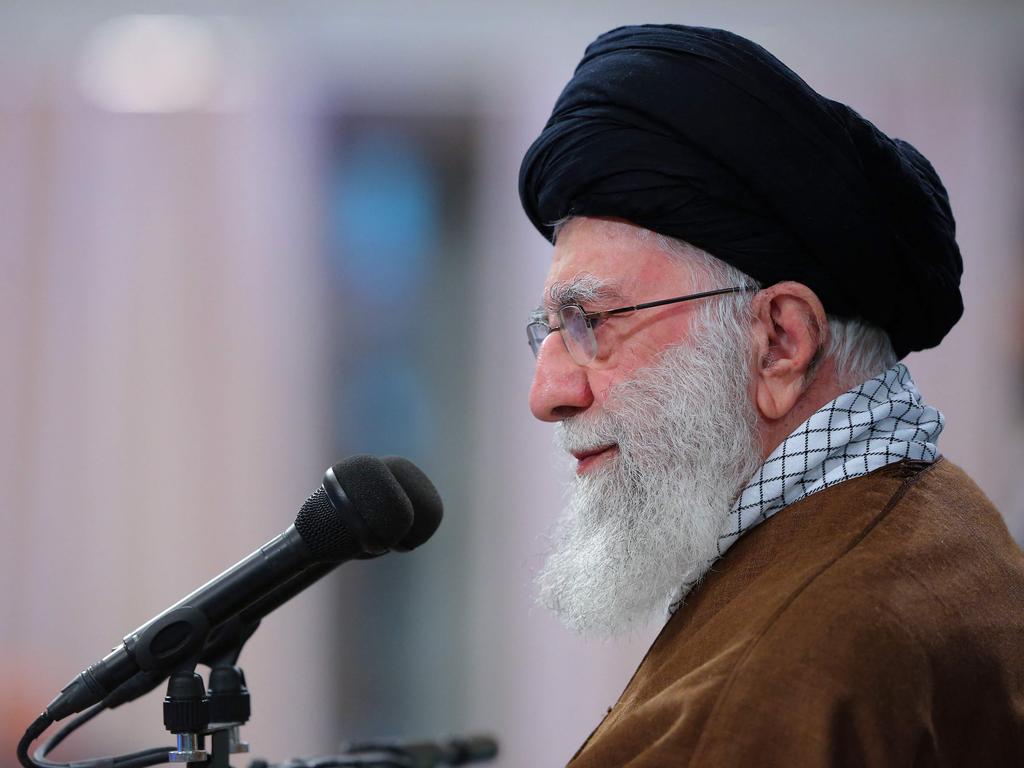
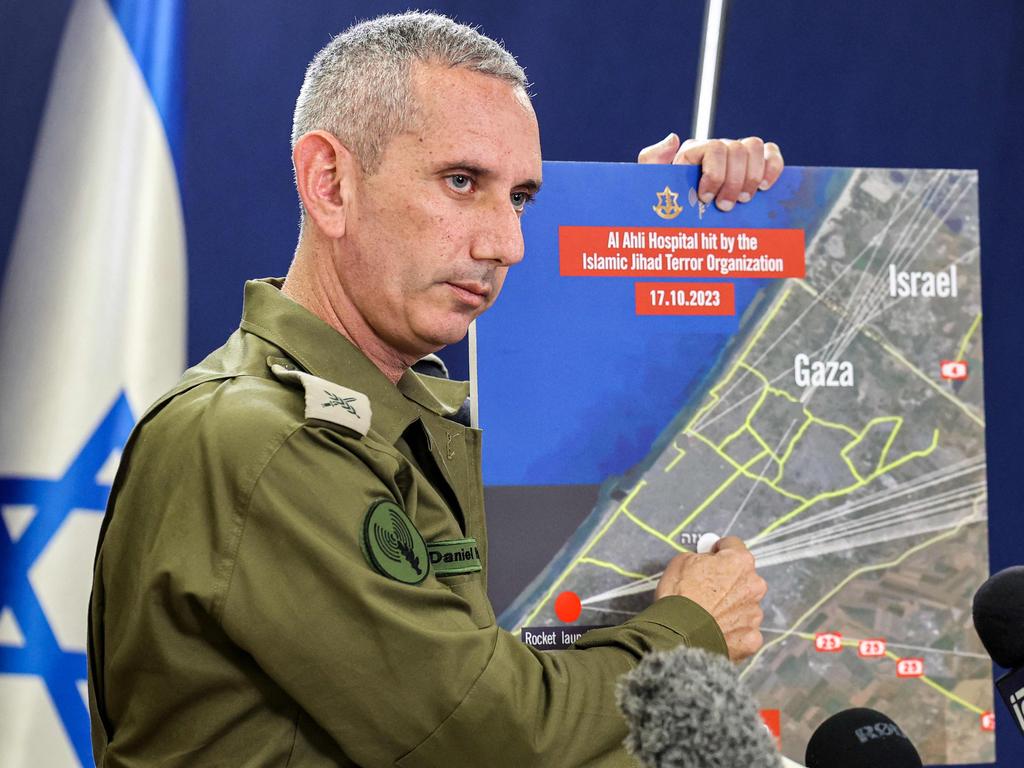
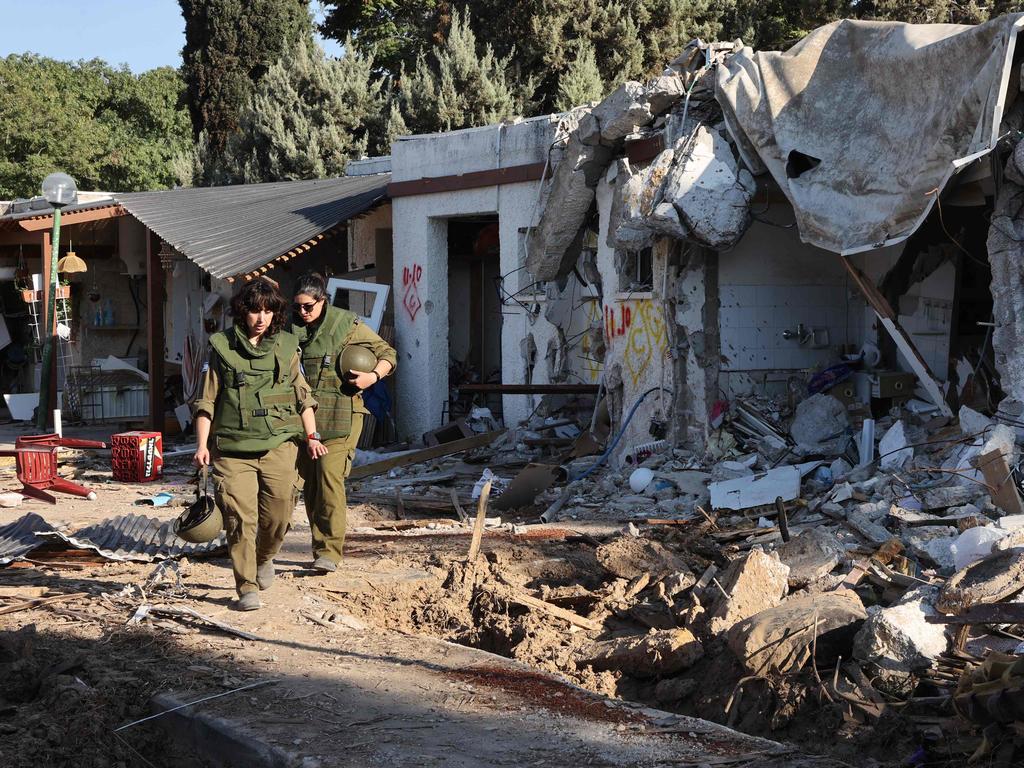

To join the conversation, please log in. Don't have an account? Register
Join the conversation, you are commenting as Logout